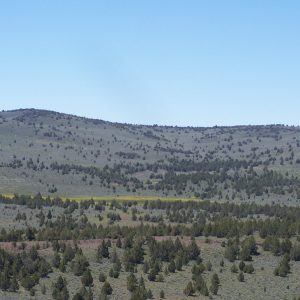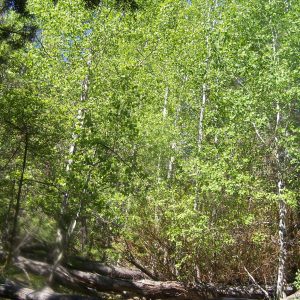I have never blogged before, so this might be interesting. Where to start… I moved from Kansas to California for my internship. I work at the Cosumnes River Preserve just south of Sacramento, CA. As far as land goes, it is not that large, but it has a lot of substance. Habitats from vernal pools, to grasslands, to Riparian woodlands occupy most of the space. The preserve itself is unique in the fact that many agency co-manage the land. BLM, Ducks Unlimited, The Nature Conservancy, local easement land owners, and some water organization which I cannot remember at the time all work together cooperatively to run the preserve and act as stewards for the land. In this aspect, this internship is really good, because I have the opportunity of working with, and observing, many different organizations and their differing methods. This will give me ample information to help me in determining my next life stage.
I enjoy the weather California has to offer. It gets hot here, or will soon, but not as hot as I am used to, and the evenings are gorgeous. I hear the winters are mild, so I will be looking forward to that. I haven’t done a lot of field work around trees before, so the added shade is very nice. Drawback: my allergies have been acting up, and there are lots of ticks here, but I knew what I was getting into, so no biggy.
I like my coworkers. Everyone is real nice and more than willing to offer a helping hand when needed. I get the opportunity to achieve independently, but also work cooperatively to overcome challenges. The only area of contention I have had so far is the fact that my boss has been emphasizing getting the seed collection for Seeds of Success started, but doesn’t really know a whole lot about the process (as neither do I). Since he wants me to get started on that stuff before the field training at the Grand Canyon, I have pieced together as much as I can on how to go about doing this. That’s okay, though, because its probably good to start early, and I will have everything figured out by the time I need.
I have not really had any problems adjusting to a different culture from where I moved. I have always heard about culture shock, but I guess I just don’t get it. I love the wildlife out here. There are lots of birds that I know, but never have been able to see before, and I can’t wait to see a bunch of trees I have on my list of things to see (like redwoods, giant sequoias, sugar pine). I don’t even care if that’s nerdy.













